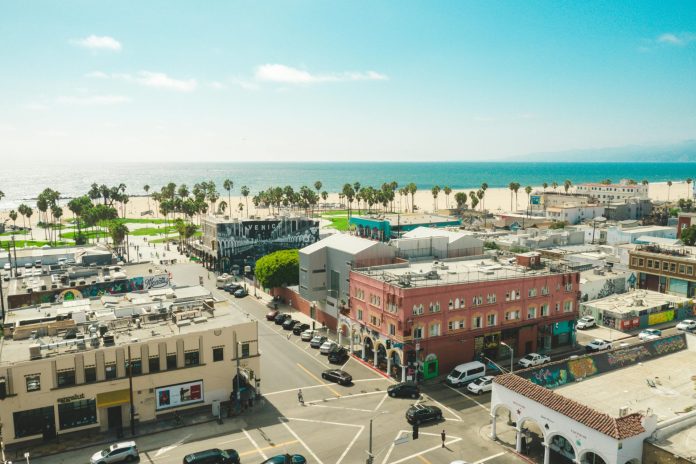In recent years, Los Angeles has transformed into more than just the entertainment capital of the world. It’s now a testing ground for global consumer brands, and at the heart of this evolution are pop up locations Los Angeles is increasingly known for. From retail giants to emerging startups, the pop-up model in LA has shifted from marketing experiment to core brand strategy.
The shift is driven by a simple truth: attention is harder to earn, and traditional retail can no longer keep up with cultural speed. Pop-ups, especially in LA’s fast-moving environment, offer the ability to capture physical engagement without long-term lease commitments or static buildouts. And with consumer habits changing rapidly, agility is proving more valuable than scale.
Retail, Real Estate, and Relevance in a Post-Storefront World
LA’s neighborhoods, like the Arts District, Melrose, West Hollywood, and Venice—offer more than foot traffic. They offer context. A store in these areas is more than a location—it’s a stage. For brands targeting Gen Z and Millennials, being seen in the right place at the right moment often means more than a traditional advertising campaign.
That’s why the best pop up locations Los Angeles has to offer are now booked months in advance. These are not empty spaces with leftover inventory. They are curated venues built for visual storytelling, influencer engagement, and measurable conversion. In this city, space isn’t just rented, it’s activated.
Pop-Up Strategy Meets Cultural Timing
What makes pop up locations Los Angeles offers truly valuable isn’t just their physical placement, it’s their timing. With high-profile global events like LA28 and the 2026 FIFA World Cup on the horizon, brands are already reserving storefronts and flex spaces up to a year in advance. These events create natural momentum that savvy marketers capitalize on through location-based brand activations.
It’s no longer about setting up shop and hoping for foot traffic. Pop-ups in LA are now built to align with cultural spikes, whether it’s a product launch timed with awards season or a limited-run collaboration targeting tourists during a sports event. The space becomes part of the story, and LA provides the perfect backdrop.
From Temporary Setup to Long-Term Impact
While the word “pop-up” implies something fleeting, the best pop-up strategies are anything but. Many of LA’s most successful activations include pre-launch digital campaigns, influencer partnerships, and post-event data capture to build long-term customer relationships. That’s why brands are no longer viewing these locations as temporary costs—they’re looking at them as performance assets.
Companies using pop up locations Los Angeles offers are not only measuring foot traffic, they’re tracking conversion rates, average dwell time, and social reach. For brands with omnichannel ambitions, the physical space complements e-commerce strategies and enhances CRM efforts.
Pop-Ups as Strategic Infrastructure
Pop-ups in Los Angeles are no longer about hype—they’re about smart infrastructure. By using short-term retail space as a data-rich brand tool, companies can pilot new markets, generate press, and deepen audience engagement. The flexibility of these locations, combined with the cultural relevance of LA, makes them one of the most underutilized but impactful tools in a brand’s growth strategy.
As 2026 and LA28 approach, the window for securing high-visibility pop up locations la is closing. Those who understand the new retail math; location + culture + timing – are already locking in the future of their campaigns.



 Bitcoin
Bitcoin  Ethereum
Ethereum  Tether
Tether  XRP
XRP  USDC
USDC  TRON
TRON  Lido Staked Ether
Lido Staked Ether  Cardano
Cardano  Avalanche
Avalanche  Toncoin
Toncoin  Wrapped SOL
Wrapped SOL